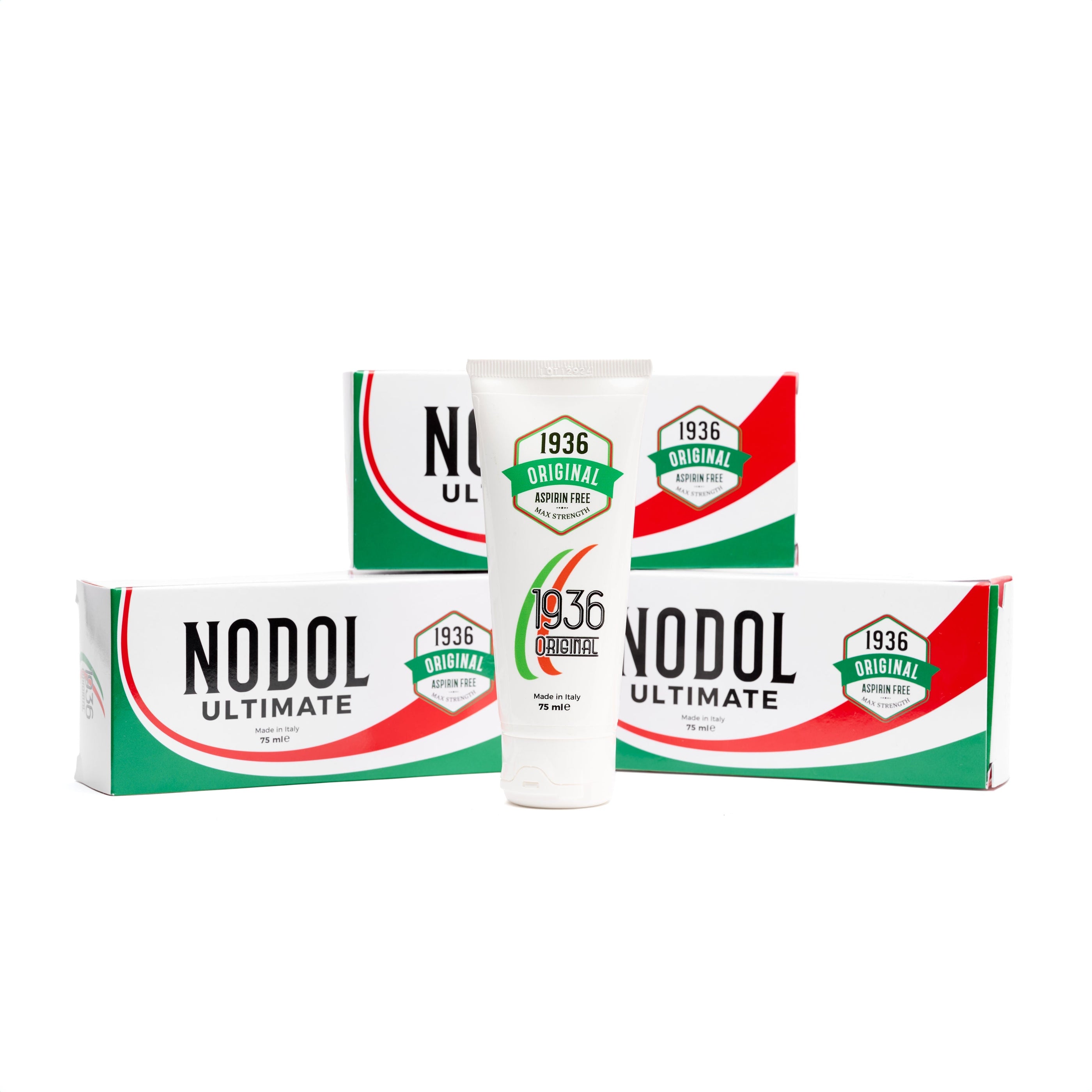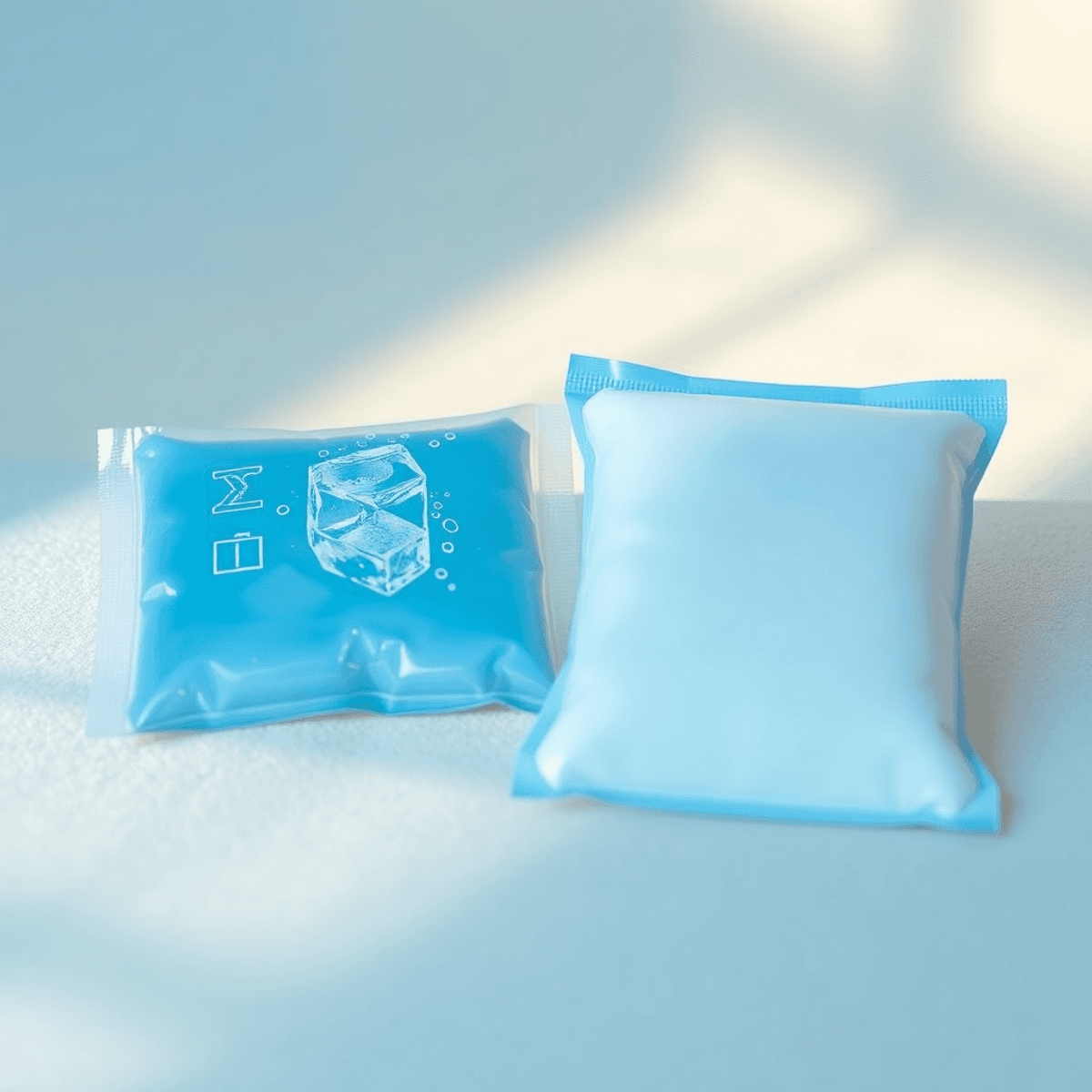Arthritis Pain? Discover How Pain Creams Can Help

Introduction
Arthritis is a condition that affects millions of people around the world, causing joint pain and stiffness that can make daily activities difficult and reduce overall quality of life. Recently, there has been growing interest in the use of pain creams as an effective option for managing arthritis pain. These topical analgesics work by delivering targeted relief directly to the affected area, offering an alternative to oral medications that may come with unwanted side effects.
While pain creams won't cure arthritis, they can be a helpful part of a larger treatment plan. By incorporating these creams into their routine, individuals with arthritis can potentially improve their mobility and comfort throughout the day.
Understanding Arthritis and Pain Management
Arthritis refers to a group of conditions that cause inflammation and pain in the joints. The most common type is osteoarthritis, which affects millions of people around the world. This condition occurs when the protective cartilage at the ends of bones gradually wears down, resulting in discomfort and stiffness.
Common Symptoms of Osteoarthritis
Osteoarthritis can manifest through various symptoms, including:
- Chronic pain: Ongoing aching or tenderness in the joints.
- Stiffness: Noticeable tightness after periods of inactivity or upon waking up.
- Swelling: Inflammation around the affected joints.
- Reduced flexibility: Difficulty moving joints through their full range of motion.
- Grating sensation: Feeling or hearing a grinding noise during joint movement.
Importance of Pain Management for Arthritis
Effectively managing arthritis is essential for improving one's quality of life. Pain management plays a crucial role by:
- Reducing discomfort
- Enhancing mobility
- Allowing individuals to carry out their daily activities
To address both physical symptoms and emotional well-being, various methods such as medication, lifestyle changes, and physical therapies are combined.
By learning about arthritis and recognizing its symptoms early on, you can take proactive measures toward effective pain management. This understanding can help customize treatments that best fit individual needs, ultimately leading to an improved daily life experience.
The Role of Pain Creams in Arthritis Treatment
Topical NSAIDs for Osteoarthritis Relief
When managing osteoarthritis, topical NSAIDs present a compelling option for many patients. These creams, such as those containing diclofenac, are specifically designed to reduce inflammation and alleviate pain directly at the site of discomfort. Unlike oral medications, topical NSAIDs are absorbed through the skin, providing localized relief with minimal systemic absorption. This targeted approach can significantly reduce the risk of side effects commonly associated with oral NSAIDs, such as gastrointestinal issues or cardiovascular risks.
Diclofenac is one of the most commonly used topical NSAIDs. Available in gel or cream formulations, it works by inhibiting cyclooxygenase (COX) enzymes that contribute to inflammation and pain. Studies have demonstrated that diclofenac can effectively reduce osteoarthritis pain in joints like knees and hands, offering an alternative for those who may not tolerate oral analgesics well.
The benefits of pain creams extend to:
- Localized Pain Relief: Direct application to the affected area ensures that the medication acts where it is needed most.
- Reduced Side Effects: By minimizing systemic absorption, the likelihood of experiencing adverse effects is lower compared to oral NSAIDs.
- Convenience: Easy to apply and generally well-tolerated, making them a practical choice for continuous use.
While clinical trials showcase varying results in effectiveness, many patients report significant improvement in their pain levels. It's important to consider factors such as skin integrity and proper application techniques for optimal results. For individuals who struggle with daily arthritis pain but wish to avoid systemic medications, topical NSAIDs like diclofenac offer a promising solution.
Understanding these options empowers you to make informed decisions about managing arthritis symptoms effectively.
Capsaicin Cream: A Dual-Action Option for Arthritis Pain Relief
Capsaicin cream offers a unique approach to arthritis pain management, using capsaicin, an active component found in chilli peppers. This cream works by targeting and desensitizing TRPV1 receptors—pain sensors that are responsible for transmitting pain signals. Its effectiveness is notable in both osteoarthritis and rheumatoid arthritis, providing relief by reducing the intensity of pain over time.
Benefits of Capsaicin Cream:
- Dual-Action Relief: Effective for both osteoarthritis and rheumatoid arthritis.
- Natural Ingredient: Derived from chilli peppers, offering a natural alternative to synthetic drugs.
- Desensitization Mechanism: Works by reducing the sensitivity of pain receptors, leading to a decrease in perceived pain.
Patients seeking an option that avoids systemic side effects associated with oral medications may find capsaicin cream beneficial. While it requires consistent application for optimal results, its ability to provide localized relief makes it a valuable addition to arthritis treatment regimens.
Salicylates: Limited Efficacy but Still an Option
When considering the use and benefits of pain creams in the treatment of arthritis, salicylates emerge as a notable yet somewhat limited option. As one of the types of active ingredients found in pain creams, salicylates work by reducing inflammation and providing mild analgesic effects.
1. Limited Efficacy
While salicylates are known for their anti-inflammatory properties, their efficacy in arthritis treatment is often considered modest compared to other topical NSAIDs like diclofenac or capsaicin cream.
2. Application in Arthritis
Despite their limited effectiveness, salicylate-based creams can offer some relief for arthritis patients seeking localized treatment options. They are particularly beneficial for those who may not tolerate oral medications well due to systemic side effects.
Utilizing salicylate creams allows patients to target specific areas of discomfort directly. This localized approach aligns with the overall strategy in using pain creams—to achieve relief with minimal risk of broader side effects.
Benefits and Considerations When Using Pain Creams for Arthritis Management
Pain creams, often referred to as topical analgesics, provide localized relief directly at the site of discomfort, which can be a significant advantage over oral medications. By applying these treatments directly to painful joints, you target the source of pain without affecting the entire body.
Benefits of Pain Creams
- Minimization of Systemic Side Effects: Oral NSAIDs or opioids often come with systemic side effects. Topical treatments like pain creams reduce this risk by focusing their action locally. This makes them an attractive option for individuals who may be sensitive to oral medications.
- Effective Treatments for Osteoarthritis Pain: Clinical trials have shown that topical treatments can be effective for osteoarthritis pain. While some patients report significant pain reduction, others experience only mild relief. These mixed results highlight the importance of personalized treatment plans and open communication with healthcare providers.
- Clinical Trials Overview: Research supports that while pain creams may not work uniformly for everyone, they remain a vital part of arthritis management due to their safety profile and ease of use. It's crucial to understand that patient experiences can vary based on factors such as skin integrity and absorption characteristics.
Pain creams stand out as an effective treatment option in arthritis management due to their targeted approach and reduced risk of systemic side effects.
Complementary Approaches to Arthritis Pain Management
Exercise for Osteoarthritis
Engaging in regular exercise plays a crucial role in managing arthritis symptoms. It enhances mobility and reduces stiffness, which is vital for maintaining joint function. Low-impact exercises such as swimming, walking, and cycling are particularly beneficial. These activities help strengthen muscles around the joints, providing better support and reducing pain.
Weight Management
Maintaining a healthy weight is essential in reducing joint stress and improving outcomes for people living with arthritis. Excess weight can exacerbate arthritis symptoms by increasing the load on weight-bearing joints like the knees and hips. By managing your weight through a balanced diet and regular physical activity, you can alleviate pressure on the joints and potentially slow the progression of arthritis.
Physiotherapy Techniques
Physiotherapy complements the use of pain creams by offering a wide range of techniques that promote joint health. Techniques such as manual therapy, stretching exercises, and strength training can significantly improve joint flexibility and strength. A physiotherapist can design a personalized program tailored to your specific needs, ensuring optimal results alongside topical treatments.
Integrating these complementary approaches with pain creams offers a comprehensive strategy for managing arthritis symptoms effectively.
Exploring Alternative Treatments for Arthritis Pain Relief
Emerging alternative therapies, such as Cannabidiol (CBD) oil, are gaining attention as additional options for managing chronic arthritis pain. These therapies offer potential benefits due to their interaction with the body's natural systems.
Cannabidiol (CBD) and THC
CBD and THC, the active compounds in cannabis, have shown promise in alleviating pain and inflammation. Unlike THC, which is psychoactive, CBD does not produce a "high," making it an attractive option for those seeking relief without mind-altering effects.
Understanding the Endocannabinoid System
The endocannabinoid system plays a vital role in regulating pain, mood, and inflammation. It consists of receptors (CB1 and CB2) located throughout the body.
- CBD and THC interact with these receptors, potentially modulating the body's response to pain and inflammation—a mechanism considered beneficial for people living with arthritis.
While research is ongoing, anecdotal evidence supports the use of CBD oil and cannabis for reducing arthritis symptoms. However, it's essential to consider all available options for pain relief. For instance, topical treatments such as this Original Pain Cream or Aspirin-Free Pain Relief cream could also provide significant relief from arthritis pain. Consulting healthcare professionals about incorporating these options into your treatment plan is advisable, ensuring safety and effectiveness tailored to individual needs.
Conclusion
Finding effective treatments for osteoarthritis pain can lead to a better quality of life. Pain creams are a great option, providing targeted relief without affecting the whole body. It's important to talk to healthcare providers who can create personalized treatment plans that include topical pain relievers along with other therapies. This teamwork helps find solutions that fit individual needs, resulting in better outcomes for managing arthritis pain.












